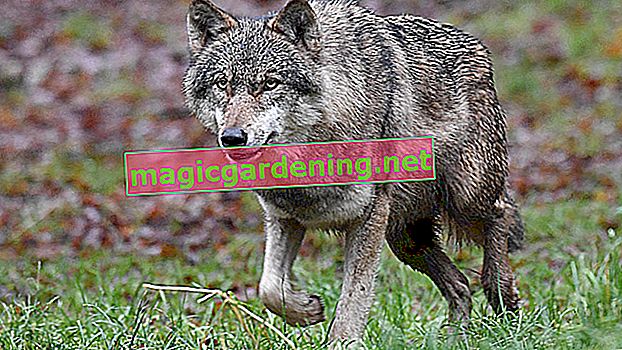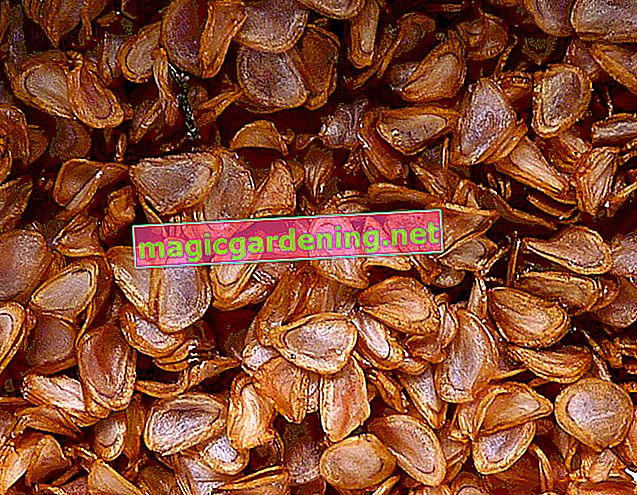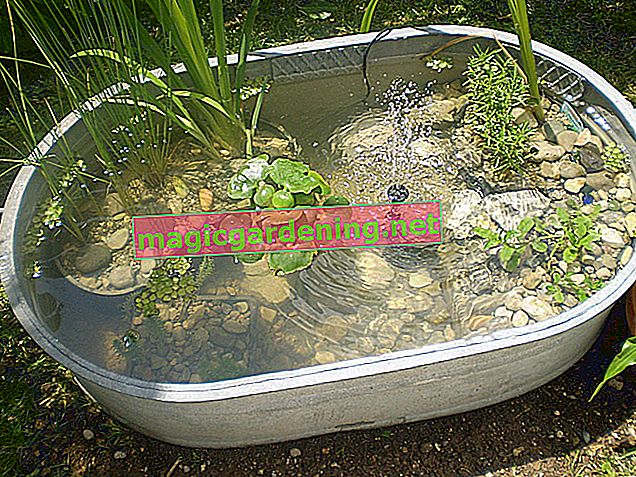
Advantages and disadvantages of natural privacy protection solutions
It does not only depend on legal regulations whether a property is bordered with relatively permanent structural measures such as a stone wall made of gabions, or whether the natural character of a garden designed for relaxation and nature experience is taken into account with the planting of a living fence. In many cases, a natural privacy screen does not offer total privacy protection in the sense of an opaque wall temporarily or permanently, but living privacy screen variants can score with positive effects on the flora and fauna as well as with a pleasant and attractive aesthetic. Which hedge ultimately surrounds your own garden and can become a haven of relaxation and seclusion is ultimately decided by the following parameters:
- the location conditions in the garden (temperature, soil, lighting conditions)
- the growth behavior of the selected hedge plants
- the price as well as the number and size of the hedge plants to be used
- the relationship with the neighbors
- the available space
also read
- The perfect privacy screen for a garden on a hillside
- Flowering shrubs as a decorative privacy screen in the garden
- A high privacy screen can make a garden more beautiful
Privacy hedges with evergreen foliage and needles
The absolute standard catalog of the tried and tested evergreen hedge plants includes some plant species that have shaped the visual aesthetics of suburban settlements over decades:
- Thuja occidentalis (in its various subspecies)
- Cherry laurel
- liguster
- fir
- Spruce
- yew
In addition, there are other hedge plants such as the beech, the leaves of which remain on the branches after they die until they sprout again, thus ensuring that the corresponding privacy hedges are relatively opaque. Before planting an evergreen privacy hedge, you should ask yourself certain questions when choosing a plant, not only with regard to the local conditions, but also with regard to the respective care requirements. This also includes the growth of the selected hedge plants; after all, a thuja hedge that has been cut relatively precisely can require labor-intensive pruning about two to three times a year. Spruce and fir should only be used for a deliberately high level of privacy,for which a sufficiently generous area is available in terms of plant width without the risk of root damage.
The alternative privacy hedge is creative and innovative
Which hedge should gardeners with a very small garden plot or plant lovers who are limited to their own balcony or terrace choose? Flowering climbing plants require very little floor space, usually grow very quickly and, as annual or perennial climbers, can be flexibly created and staged as a privacy hedge with an appropriate climbing aid. A natural privacy screen made of bamboo can also be considered, if the corresponding root barriers in the soil are provided for strongly overgrown subspecies. A fence made of willow branches hardly requires any floor space and can be set up quickly and cheaply and used as an attractive, natural privacy screen for several years.
Tips
In some terraced house gardens, space is already scarce and should be used sparingly for the various aspects of garden use. A blooming privacy screen made of climbing climbing plants not only offers a seal against traffic noise and curious onlookers, but also valuable beneficial insects such as beetles, bees and parasitic wasps (€ 14.59 on Amazon *) food and living space.








